|
The first place I visit in Switzerland is a research facility in Zurich called EAWAG Aquatic Research Center. This facility specializes in aquatic research and sciences. Here, I am visiting the lab of Eberhard Morgenroth whom I met at Biofilms 7 in Porto, Portugal. Eberhard is very interested in investigating ways to treat and eliminate urine and solid wastes while capturing valuable products within them including nitrogen and phosphorous. The wastes that humans and other animals excrete when they use the toilet contain large amounts of energy and vital and valuable nutrients that can be used to grow crops or generate renewable energy. Think about when you use fertilizer to grow a crop- the fertilizer you are using contains many essential elements including nitrogen and phosphorous which is why it helps your plants to grow.
Another important reason to harness as much nitrogen and phosphorous as we can from our waste is because both of these elements are growing increasingly more expensive. The nitrogen in fertilizer, for example, is often produced by taking nitrogen out of the atmosphere during the Haber-Bosch process. This is accomplished by using a metal catalyst, high temperatures, and high pressures to force the following chemical reaction:
N2 + 3H2 --> 2NH3
You can see how nitrogen gas (N2) is reduced by hydrogen gas (H2) to produce ammonia (NH3). Ammonia is important for plant growth since plants can assimilate and absorb this form of nitrogen for growth. This process is used to generate over 450 million tons of nitrogen based fertilizer a year and, combined with pesticides, have allowed farmers to quadruple the productivity of their land. To put it into perspective- the nitrogen (as NH3) fixed from this process accounts for nearly 80% of the nitrogen in the average human body. However, this process is very energy intensive- accounting for 5% of the world’s natural gas usage and 1-2% of the entire planet’s annual energy consumption. Lastly, when too much fertilizer is applied to agricultural land, a nitrogen imbalance is created, often leading to leaching of nitrogen into nearby water sources and eventually leads to eutrophication (essentially dead zones where no fish grow due to low O2). The large amount of run-off from agricultural production in the US into the Mississippi has actually developed a eutrophic zone in the Gulf of Mexico that is visible from outer space.
Let’s take a bird’s eye view of this whole process and see how Eberhard’s research fits in. Nitrogen is an essential nutrient for producing food. However, our current process for producing nitrogen fertilizer is extremely energy intensive and, when used incorrectly, leads to nitrogen loading that results in eutrophication and destruction of ecosystems. Rather than relying on the Haber-Bosch process to constantly produce nitrogen from N2 in the atmosphere, Eberhard wants to recapture the nitrogen that is already in our waste. Traditionally, nitrogen in wastewater has been perceived as a waste for removal, but Eberhard wants to shift that paradigm to one of nitrogen re-capture. To do this, he wants to investigate new methods for treating wastewater.
However, within the developing world, 90% of raw sewage is discharged back into untreated rivers and streams. This means that all of the poop, pee, nitrogen, etc… from wastewater is going directly into the streams and rivers of villages whose inhabitants are some of the most impoverished and vulnerable people in the world. To combat this issue, Eberhard is part of a project called Blue Diversion which seeks to install highly robust toilets in impoverished countries all over the world. This project is part of the talking shit initiative I blogged about earlier. This multi-step system uses a series of membranes and compartments to treat solid and liquid wastes so that they do not have to be discharged into local streams. The best part is- the system is robust enough to be completely neglected for ten years and still function!
Lastly, at EAWAG, Eberhard is part of a large scale facility that is directly connected the city’s sewage line and contains reactors for performing an emerging kind of nitrogen treatment called anammox. Anammox was first discovered in 1999 and uses microorganisms that can perform a very particular kind of metabolism. Traditionally, nitrogen removal has involved a multiple step process involving ammonia oxidizing bacteria (AOB), nitrite oxidizing bacteria (NOB), and denitrifying bacteria: a process called biological nitrogen removal (BNR).
1st: nitrification (in the presence of oxygen, ammonia (NH4+) is gradually oxidized to nitrate (NO3-) by AOB and NOB)
2nd: denitrification (with no oxygen present, nitrate (NO3- is gradually reduced to nitrogen gas (N2) using denitrifiers)
This is a complex process that involves both an aerobic (O2 present) process and an anaerobic (O2 not present) process. In addition nitrification involves adding oxygen which requires air to be actively pumped at the wastewater treatment facility. Pumping air may seem like a simply task, but it accounts for over half of the energy expenditures during the wastewater treatment process- a $60 billion dollar a year annual cost or, 0.5% of all the energy used in the USA! On top of that, the denitrification process often requires the addition of reduced organic carbon (methanol for example) as an external electron donor so that denitrification can occur.
Anammox combines those two processes into one reaction:
NH4+ + NO2- --> N2 + 2H2O
The advantage of this process is that comparably very little oxygen or external electron donors are needed since the anammox bacteria responsible for this reaction use oxidized (NO2-) and reduced nitrogen (NH4+) to generate N2 and thus remove nitrogen altogether. There is still the issue of nitrogen loss, but the cost of removing the nitrogen is significantly lowered and eutrophication is prevented. Another benefit is that this process leaves a lot of reduced organic carbon in the water since it was not removed during an aeration step. This is good because it means that scientists like me can use all of the remaining reduced organic carbon to generate energy using a microbial electrochemical cell!
Eberhard has too many projects to highlight them all, so here are a bunch of posters if you are interested.
Next to the AirBnB that I had booked, there was an excellent place to go hiking. In addition, after catching a train ride to Geneva, I was able to go on an afternoon hike to Telepherique Saleve. I got to Telepherique Saleve by leaving my AirBnB and looking over at a mountain range. I decided, ‘hey, that mountain looks cool- let me find my way to the top of it.’ And so I started walking towards the mountain. On the way, I found a farm and some nice neighborhoods. Eventually, I ended up next to a highway and just kept walking. Then, I found my way next to a stream that seemed to veer off into the opposite direction of the mountain- I followed it anyway. Eventually, I came to a small neighborhood from which I saw a large gondola off in the distance, so I walked toward it until I came across road signs which indicated that I had, in fact, found my destination. At the top of the gondola were extremely beautiful views of Geneva and people paragliding. During the hike, I had some time to reflect:
I have been on the road four months now. During my travels, I have visited many cities often esteemed as some of the most romantic, beautiful, wonderful, etc… in the world. Cities like Paris- known for its unparalleled romance and fantastic French cheese, wine, and bread, Rome- known for its Gelato, pizza, pasta, and espresso, Brussels- for its beer, Krakow- for its polish sausage, Edinburgh- for its beer, haggis, and natural beauty, New York, Maui, Tokyo, Islamabad, Berlin, Busan, Zurich… I could go on. As a person that grew up in the United States, the underlying narrative for all these fine foreign cities is that somewhere in the world, someplace else, somehow, there is a land where the cheese is tastier, the beer is better, the buildings are higher, the bread is fresher, the ice cream is creamier, the people are more romantic. Yes, there are magical cities in the world where the babies never cry and the shit of its inhabitants always smells like a lush meadow next to an effervescent spring.
We’re led to believe that, if only we could get to that foreign city, then we could have the life we’ve been missing. If we only work hard and save enough, then we can escape the monotony of day to day life. And for this, we chase the dream- complacent in our lives drudging away at menial tasks we don’t want to do, working jobs that we hate, accepting a fate undesirable in any circumstance other than that someday, somewhere, we will reap some great ever-fleeing reward. And as I experience each place and speak with its inhabitants I realize all of our conceptions are misconceptions- that each place is more or less the same, and that the dream is little more the a subtle suggestion to gently lull us into a life of complacency.
The dream is a farce. It’s all the same. There is no externality that is going to whisk away our sorrows or grant us miraculous and sudden clarity.
Rather, the duty of purpose, meaning, and discovery is one which we must find for ourselves. And it is only dictated by our personal experience. It is us who must seek to define, must seek to challenge ourselves and our beliefs. Perhaps in my search for clarity, the most profound discovery thus far is that there is no clarity to be discovered ‘in-and-of’ the experiences themselves- but that the contemplation and internalization of the experience is the nebula where purpose and meaning are actualized.
For this, we must beseech ourselves to search for purpose and meaning for our sake. It is not the externalities of the modern world which will define us- not the consumption of culture- but understanding of ourselves and our place within it. And with this knowledge we are enabled, not to merely chase our dreams, but to take responsibility for our daily lives and to know that each day, whether or not we are still dreaming or finally awake, regardless of place in the world, is completely up to us.
The European Organization for Nuclear Research (Conseil Europeen pour la Recherche Nucleaire) (CERN) was established in 1954 and houses the largest particle physics laboratory in the world. The laboratory at CERN contains over 12,500 faculty, staff, and fellows representing 608 universities around the world. Recently, the CERN institute has become famous for housing the Large Hadron Collider (LHC) and as the location where the Higgs Boson was first observed in 2012- 50 years after it was predicted in the field of particle physics. However, CERN is also famous for housing the Synchrocyclotron- its first atomic accelerator built in 1957 – and also as the location which started the World Wide Web (W3).
That’s right- The www in almost every URL comes from CERN! W3 was started in 1989 on a NeXT Computer in a project called ENQUIRE by a scientist named Tim Berners-Lee and continued in 1990 with Robert Cailliau. W3 was developed based on the concept of hypertext- essentially, the concept was that scientists should be able to easily disseminate data to other scientists and within that data, provide links (now known as hyperlinks) to other data so that desperate and relevant information could be easily corroborated. Think about all the hours you have lost on Wikipedia because you read one page of hypertext which has a hyperlink to another page of hypertext, etc… For the research scientists out there- imagine a world without hyperlinks! How long would it take to collect the background information for a research paper from 50+ sources without hyperlinks?!? The major impetus for the construction of the internet was the quick dissemination of knowledge for the sake of assimilating related data about otherwise disconnected scientific discoveries to enable scientific discover, but also to discourage the use of cutting edge research for nefarious purposes. In 1991, the first website was created and on April 30, 1993 CERN announced that W3 would be free to anyone.
The results? By 2014, W3 would make up nearly 6% of the gross domestic product (GDP) of the United States- totaling almost $1 trillion in sales. The internet sector now employs roughly 3 million people in the United States! In 2013, the Scandinavian research centerSintef has reported that 90% of all the data ever produced by the human race was produced between 2011 and 2013 thanks in large part to W3. We also have the W3 to thank for a huge boon in the porn industry- with 4% of all internet searches and websites developed specifically for its dissemination. In addition, it’s difficult to remember a world without Grumpy Cat, Dat Boi, or Hamsterdance. Or Amazon, Ebay, Google, Yahoo, AOL, and Space Jam
To get back to the LHC- the LHC was manufactured in order to observe the conditions of the early universe 13.8 billion years ago. The Big Bang Theory postulates that the universe originated as a primordial singularity that had infinite density and temperature at a finite time in the past and describes a time during which the universe entered into the regime in which the laws of physics we currently understand exist. The research at CERN is attempting to understand the universe after as little as 10^-11 seconds after the Big Bang!
The collider functions by accelerating the particles through a cylindrical series of super conductive coils that span over 27 kilometers (17 miles) as deep as 175 meters (574 feet) below the surface of the Earth. In order to maintain absolutely minimal resistance while the particles are zipping through the coils, a temperature of 1.9K (-271.3 C or -456.3 F) is maintained throughout the entire 17 miles! To put this into perspective, this is colder than outer space’s 2.7K (-270.5 C or 454.9 F). Absolute zero is 0K and at this temperature, atoms literally stop moving! (Wonder why? Check out my post on thermodynamics!) To accelerate the particles, energy levels of 5.02 teraelectronvolts (TeV) are used- this is the same amount of energy a human requires to walk 2,281,681 miles!
To discover the Higgs Boson, the collider used protons that were generated by stripping hydrogen gas of its electrons using an electronic field. Before the protons enter the LHC, they are accelerated through a series of proton accelerators called Linac 2, the Proton Synchrotron Booster (PSB), the Proton Synchrotron (PS), and finally the Super Proton Synchrotron (SPS). The protons then spend 20 minutes circulating in the LHC before they reach their maximum energy state of 6.5 TeV. As the protons are accelerated in the LHC, their trajectories are bent slightly so that they can travel in a loop. This results in a subtle loss of energy which is significant enough to prevent the LHC from being used to accelerate electrons- much simpler particles. Also, because of this bend in trajectory, the LHC must use electromagnets to align the protons as they travel through the superconductive network. After reaching their maximum energy state, the protons collide 11,245 times a second in one of four different detectors: ALICE, ATLAS, CMS, and LHCb. Each detector is designed for different kinds of research and houses a different control center. The control centers have a friendly rivalry with one another.
The Higgs Boson was discovered by observing millions of collisions overtime- looking for a pattern to emerge that matched the theoretical predictions postulated up to fifty years earlier. By combining all the data points, ATLAS confirmed its observation of the Higgs Boson at mH = -126.5 GeV. So why is the Higgs Boson important and why use all of this energy to observe it? Well, I’m not a physicist, but here I’ll give you my take home from CERN. The Higgs Boson is a particle which was predicted to exist all throughout the universe as a necessary component of mass. The Higgs Boson interacts with the Higgs Field- a pervasive field that exists throughout the universe. Some, but not all particles have mass- a photon for example, has no mass. Particles that have no mass seem to appear, disappear, and reappear in the universe. The Higgs Boson is the particle in between that mediates that process. The take-home message is that the field of physics has used the Higgs Field to predict and explain many different kinds of phenomenon in the observable universe for many decades. All of these predictions in theoretical physics depended upon the observation of the Higgs Boson to confirm the existence of the Higgs Field. By observing the Higgs Boson, exactly where it was hypothesized to be observed, physicists have provided significant evidence to support their hypothesis. In other words- physicists are on to something.
Tours are free, but schedule in advance. Also, the tour includes a trip to the ATLAS control center and to the original 1957 Synchrocyclotron, but it does not include a trip to see the equipment underground.
If you have managed to make it this far, I’m going to close out with my trip to the United Nations (UN). The UN has locations in Geneva, Nairobi, and Vienna, with its main facility in Manhattan, New York. The UN is a result of the failure of the League of Nations that emerged in Paris in the wake of WWI. The purpose of the League of Nations was to prevent a war like WWI from occurring again through collective and open discussions on security, disarmament, refugees, drug trafficking, global health, and prisoners of war to name a few. In the 1930s, the axis powers abandoned the League of Nations, leading to its demise and the beginning of WWII.
After WWII, the UN replaced the League of Nations with same basic philosophy- to open negotiation between nations to prevent future global catastrophe. What began as an organization housing 51 member states now contains 193. The organization is financed by voluntary donations from its 193 member states. My tour of the UN building was led by a German born man who spoke, as he joked, five and a half languages. While going through my tour of the UN building, I pondered the ability humanity has to forgive the past and move forward. Eighty years ago, Nazi Germany and other axis powers essentially dismantled the League of Nations and ushered the world into WWII and yet in 2016, the tour guide at the UN, built out of the ashes of the League of Nations, was a German citizen proclaiming the importance of the UN to prevent war. It is very significant that the world can forgive Germany and its people, and the people of Germany can learn to forgive themselves for everything that happened during WWII. There must be some innate human quality that pervades war and suffering and hate- an innate quality that allows us to understand ourselves, to forgive ourselves and each other for our imperfections, and ultimately to empathize with one another. The UN, despite all of its bureaucracy and set-backs, is a testament to our empathy for one another and our desire to work constructively together for the sake of humanity.
1 Comment
|
Science /ˈsīəns/
|

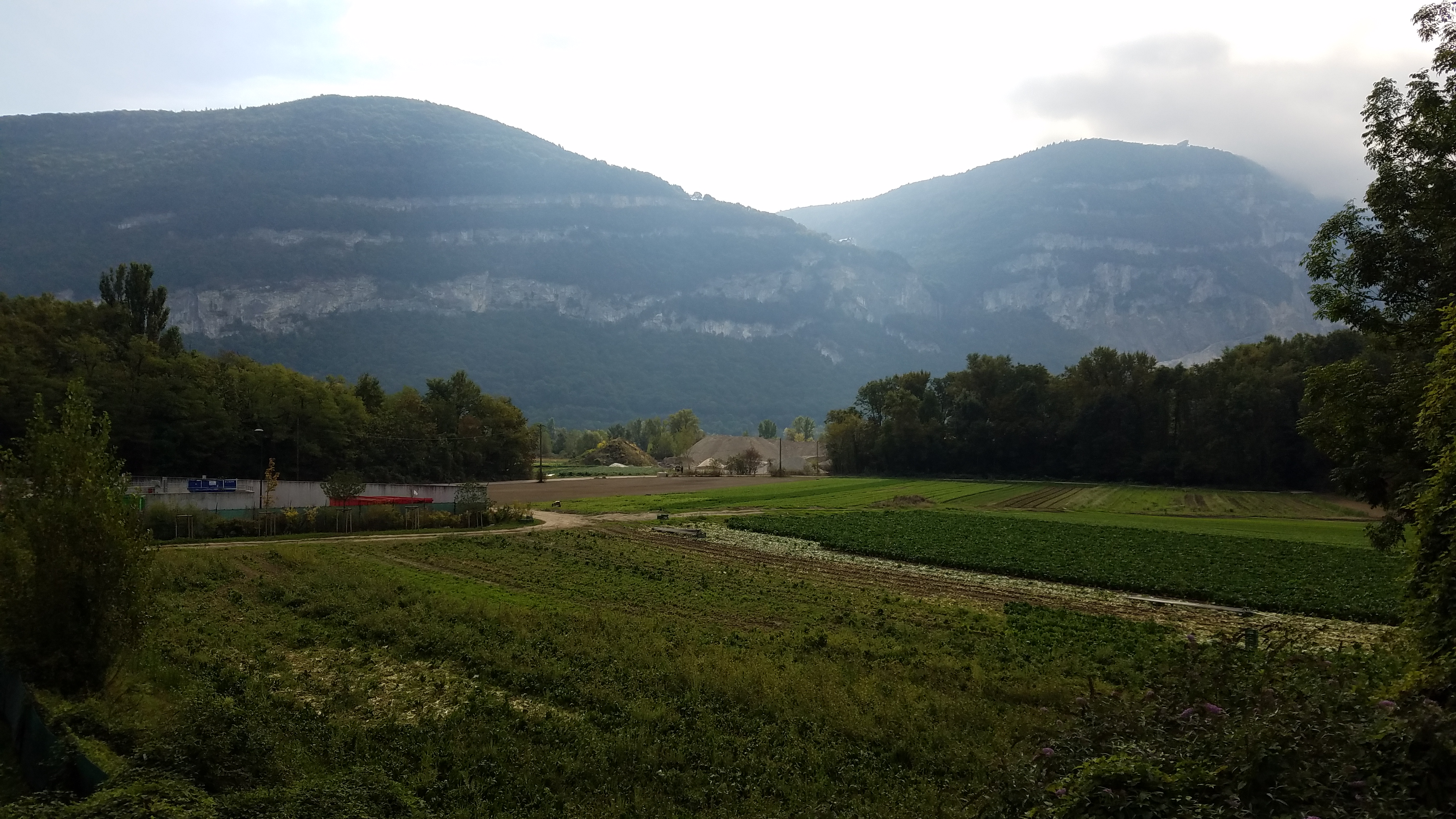
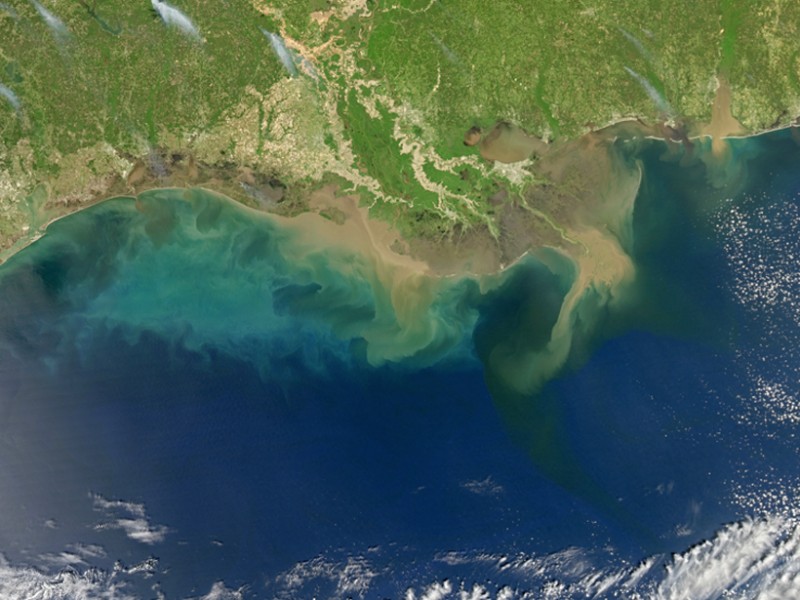
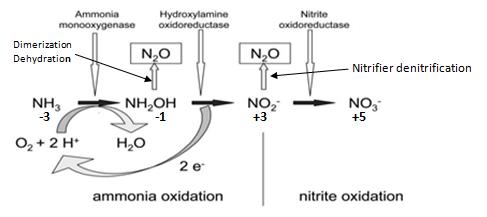
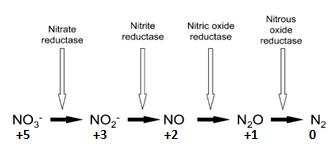
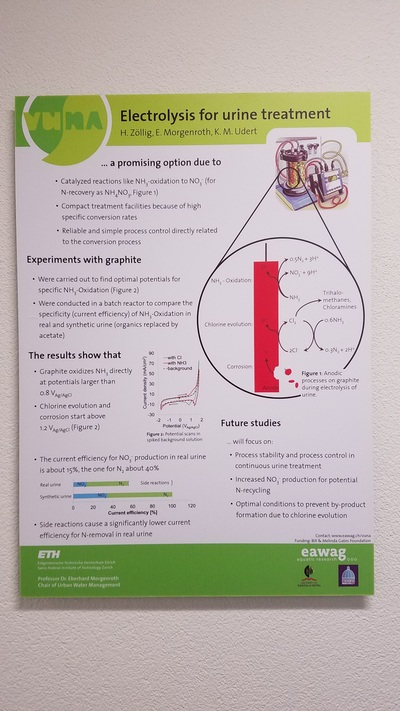
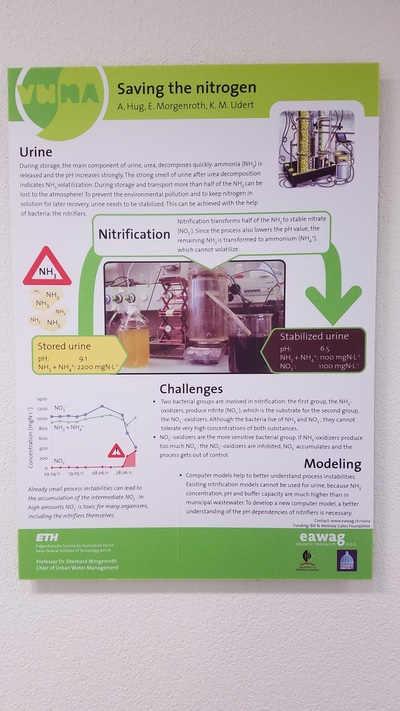
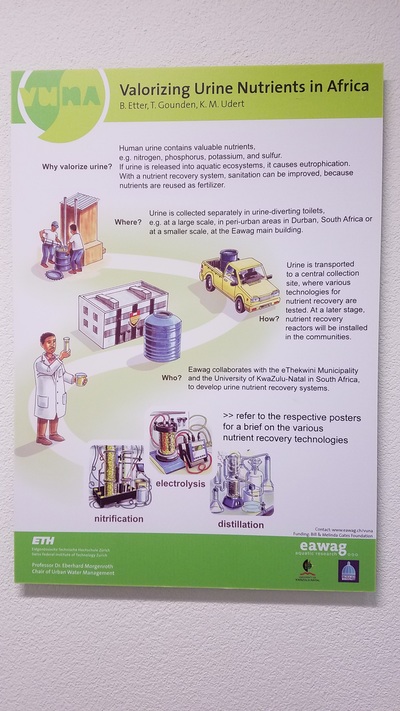
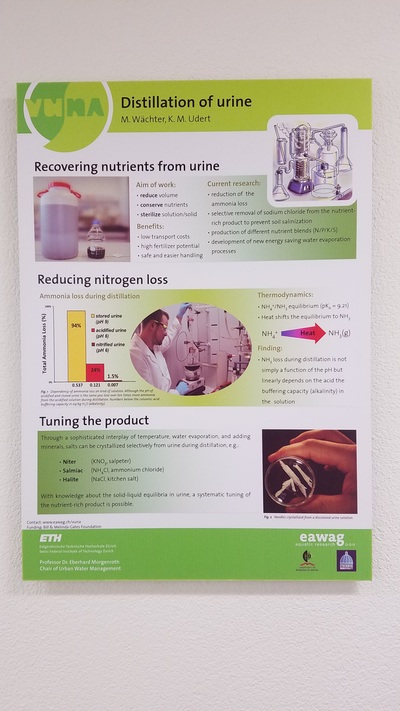
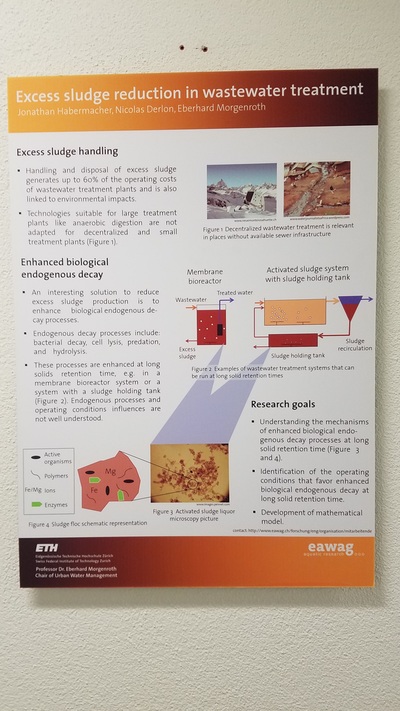
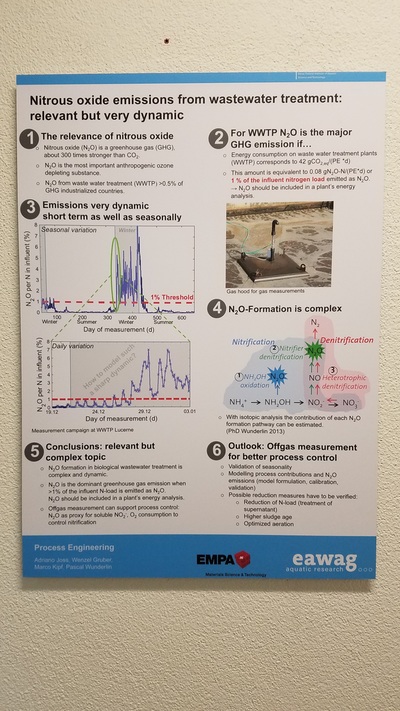
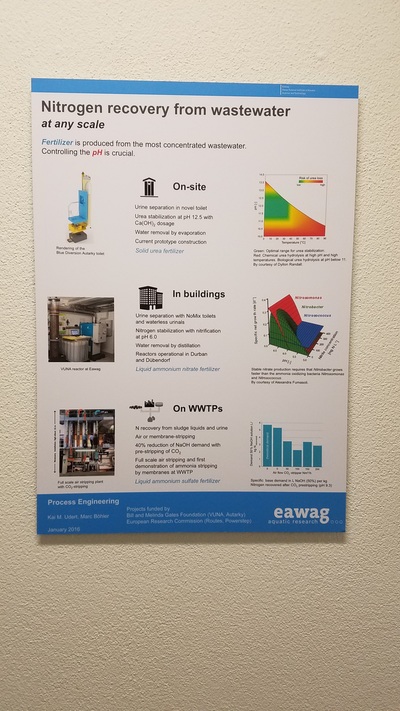
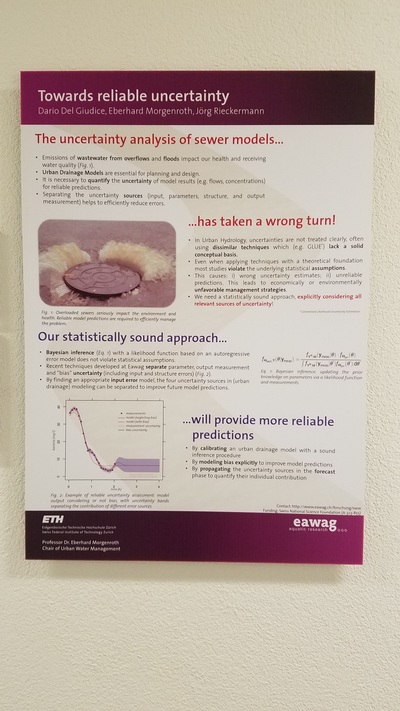



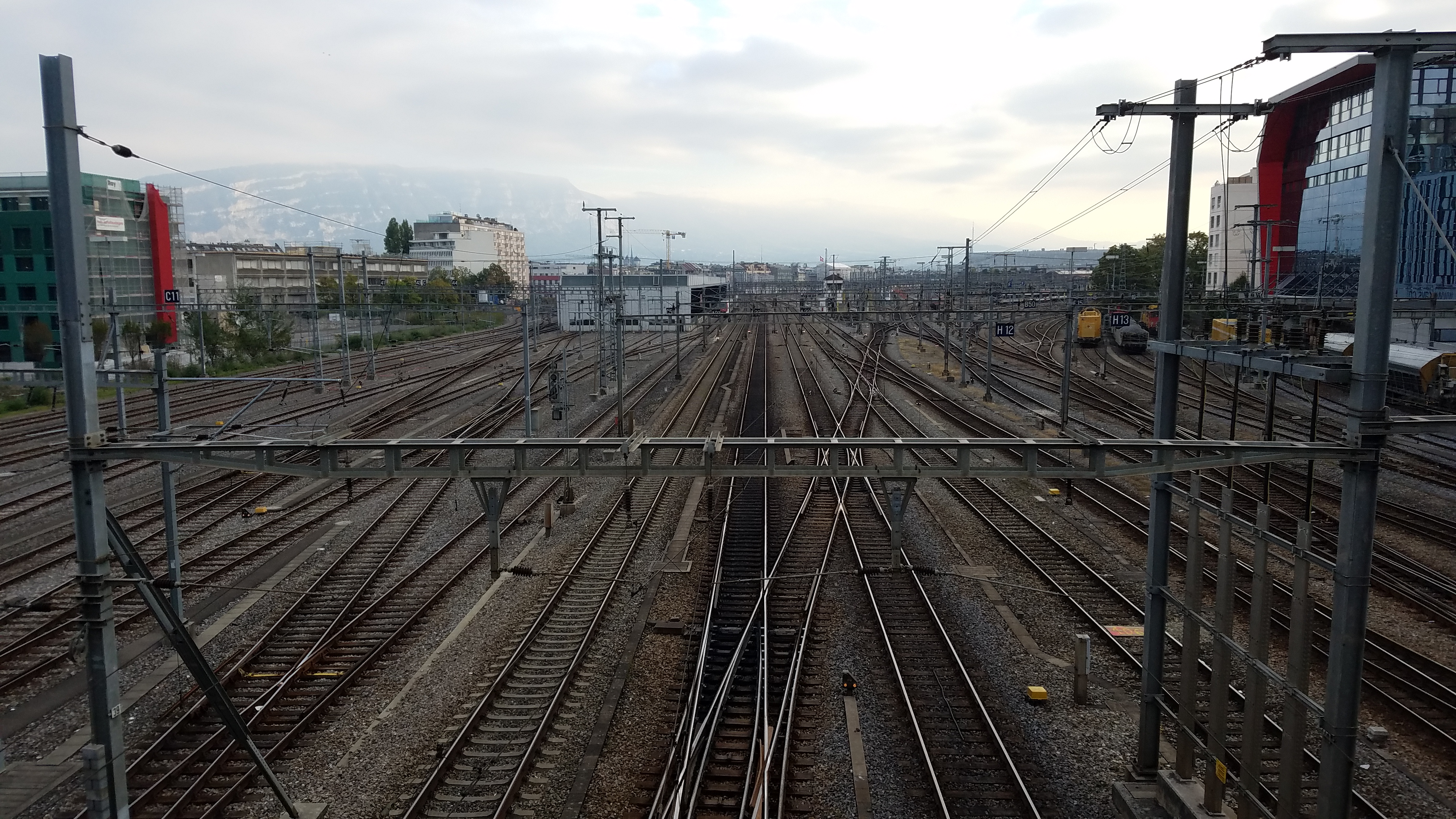
 RSS Feed
RSS Feed